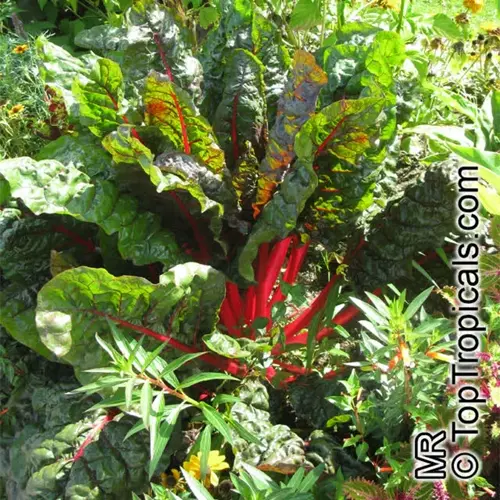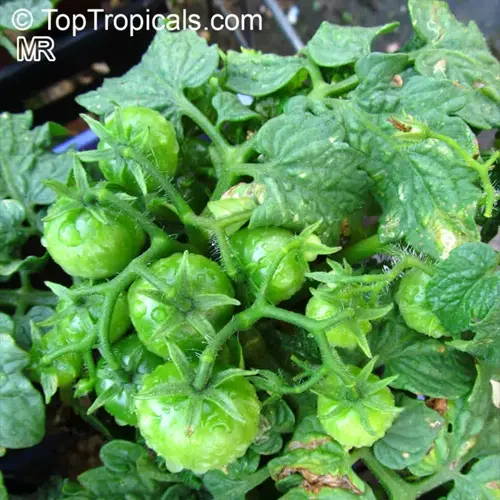Which pests spread cucumber mosaic virus?

Written by
Paul Reynolds
Reviewed by
Prof. Samuel Fitzgerald, Ph.D.Aphids are the primary vectors of the cucumber mosaic virus in your backyard garden. I have observed these small creatures destroying entire crops in just a few weeks. There are now over 80 different species of aphids that can spread the virus with their short feeding probes. The green peach and melon aphids cause the most damage due to their high numbers and rapid movements. Aphids are constant invaders, as they are probably the most effective vector of viruses.
Green Peach Aphids
- Most efficient transmitter: 95% transmission rate
- Feeds on 400+ plant species including weeds
- Winged adults travel up to 1 mile daily
Melon Aphids
- Prefers cucurbits but attacks tomatoes and peppers
- Transmits virus within 10 seconds of feeding
- Produces 50+ offspring weekly in warm weather
Potato Aphids
- Spreads virus while migrating between crops
- Common in nightshade plants and weeds
- Overwinters on rose bushes near gardens
Virus transmission occurs very quickly. Aphids acquire the virus while feeding for a few seconds before flying to healthy plants. I confirmed this with a slow-motion video camera in my own greenhouse. Insecticides are ineffective because the virus is transmitted before the insecticide becomes active. Hence, your strategy must aim towards prevention rather than reactive sprays.
Utilize biological controls to combat pests effectively. Lady beetles, for instance, can consume 50 aphids in one day! You can also release parasitic wasps that will then lay eggs in the bodies of the larval aphids. I have habitats of beetles located near vulnerable crops, and I have reduced my infestation by 70%. Your backyard or garden ecosystem will become your best buffer against aphids.
Check regularly during the warm months when aphids can multiply rapidly. Examine the underside of each leaf each day with a 10x magnifier. Use yellow sticky traps every 20 feet to capture any winged migrants. I will map hotspots on a weekly basis to stay ahead of an outbreak. Proactive work on your part, however small, will prevent problems before they become catastrophic to your plants.
Read the full article: Cucumber Mosaic Virus: Complete Control Guide

